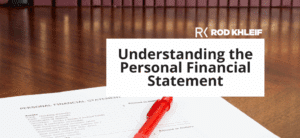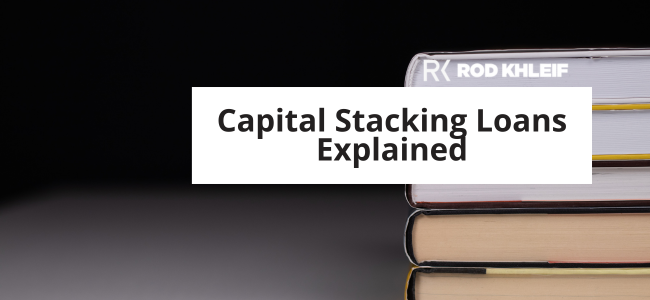Cash is the lifeblood of real estate investing, but many investors feel like access to liquid capital is the biggest hurdle. The irony? Millions of Americans are sitting on significant untapped equity in their primary residence and don’t realize it can be used creatively to fund new investment opportunities.
Traditionally, the main way to access home equity has been through a home equity line of credit (HELOC). While those tools can work, they also come with trade offs. i.e. interest payments, monthly obligations, and increased financial exposure.
Now, a newer option is emerging that offers the benefits of tapping equity without the monthly payments. It’s called home equity co-investment, and it may offer a more flexible alternative for investors looking to unlock capital.
What Is Home Equity Co-Investment?
Home equity co-investment is exactly what it sounds like, you bring in an investor to share in your home’s equity, not a lender to create new debt.
Instead of borrowing money against your home, you sell a portion of your equity in exchange for a lump cash payment equal to the HELOC loan amount. There are no interest charges and no monthly payments. You do not have to repay anything until something happens, like refinancing or selling your home.
Unlike debt, this structure gives homeowners immediate access to cash, without taking on monthly obligations.
How Does Home Equity Co-Investment Work?
Here’s how it typically works:
-
A homeowner with equity enters into a legal agreement with an investor.
-
The investor provides an upfront payment (often based on a share of the current equity).
-
A lien is placed on the property, usually subordinate to the mortgage.
-
The agreement is repaid when a “qualifying event” occurs (sale, refinance, etc.).
-
At that time, the investor receives their share of the appreciated (or depreciated) equity.
Let’s say you own a home worth $250,000 and have a mortgage balance of $150,000. That gives you $100,000 in equity.
Now imagine you’re eyeing a multifamily investment and need $50,000 to fund your share of the deal. Instead of using a HELOC or refinancing your main mortgage, you could choose a home equity co-investment agreement.
You receive $50,000 upfront in exchange for giving up 50% of your home equity.
Then five years later, the home appreciates to $350,000 and the mortgage balance drops to $90,000. Your total equity is now $260,000. Since the investor owns 50% of the equity, they get $130,000. This amount is more than double their original investment.
The upside for you? You didn’t have to make loan payments along the way. The trade-off? You gave up a portion of your home’s future equity gains.
Pros and Cons
Benefits:
-
No monthly payments or interest
-
Access to significant cash without new debt
-
Quick closings. (Sometimes in as little as 10 days)
-
More flexible approval criteria than a HELOC
-
Investor shares in downside if the home loses value
This structure can be especially appealing for investors who are self-employed, have variable income, or want to deploy capital without increasing leverage on their primary residence.
Drawbacks:
-
You give up a share of future home appreciation
-
The investor typically has a say in major decisions (e.g., sale, refinance)
-
If your home appreciates significantly, the cost of capital could be high
-
Contractual terms can be restrictive so make sure you read them carefully
In essence, you’re taking on a partner in your home. Like any partnership, that comes with power and responsibility.
Is Home Equity Co-Investment A Good Idea?
For investors looking to fund a down payment, cover renovation costs, or participate in a syndication, home equity co-investment can offer a no debt alternative to traditional financing.
Still, this strategy isn’t for everyone.
If you’re confident your home will appreciate substantially, or you want full control over decisions like when to sell, you may prefer to retain 100% equity and consider other capital options.
That said, in a market where home values have risen sharply and financing is becoming more restrictive, home equity co-investment can be a powerful tool when used strategically.
A Growing Market with Untapped Potential
While still a niche financial product, home equity co-investment is gaining traction among investors who want to stay nimble and reduce their monthly obligations.
Several private companies now offer these agreements, and as demand grows, so does the flexibility and availability of the product.
“Like any financing strategy, home equity co-investment has pros, cons, and fine print. It’s your responsibility to do the homework.
But as an investor, one of your biggest advantages is creativity. And in today’s market, finding new ways to access capital can be a game-changer.
If you’re considering this path, talk to professionals, read every line of the contract, and always consider the long-term cost of giving up equity.
That said, if you’re sitting on untapped equity and have a great deal in front of you, this could be a bridge between where you are and where you want to be.”
— Rod












